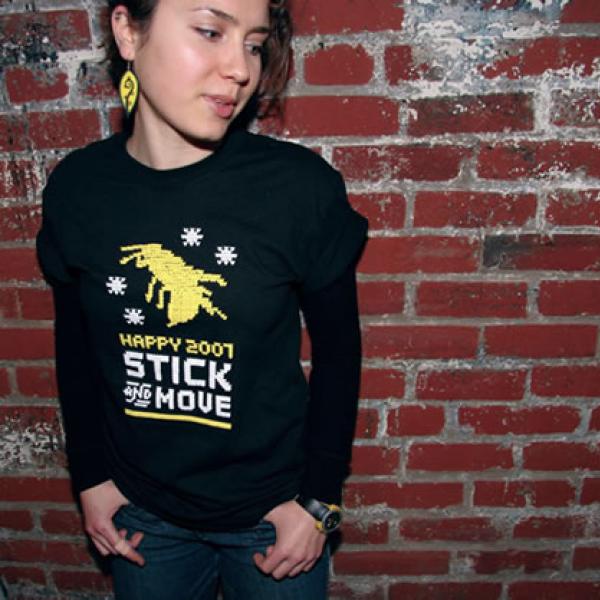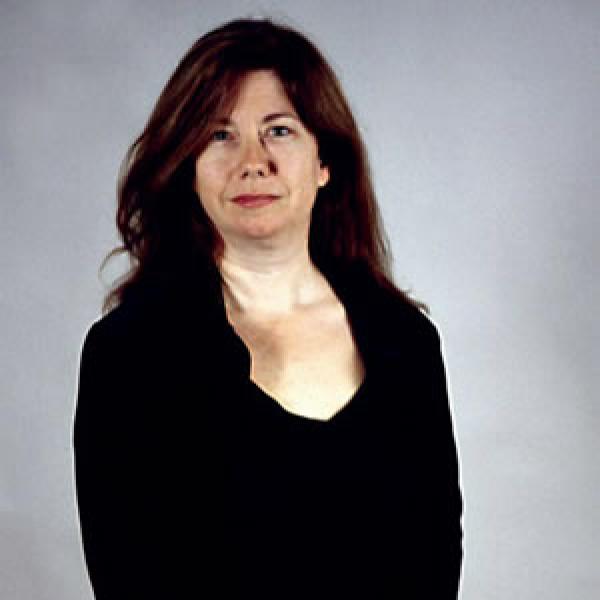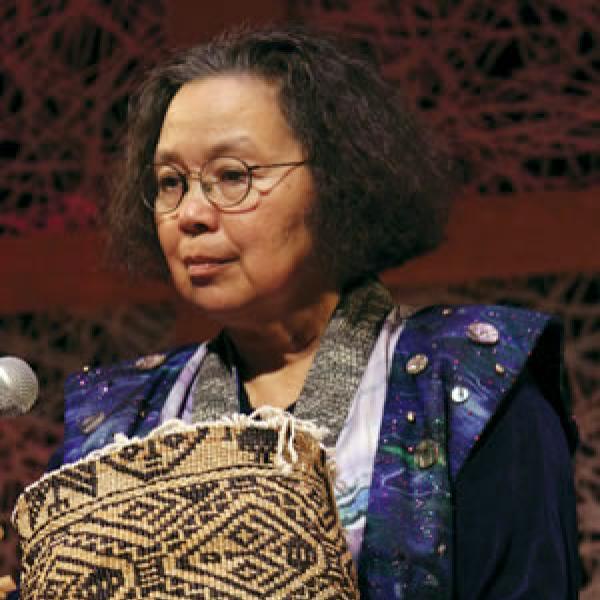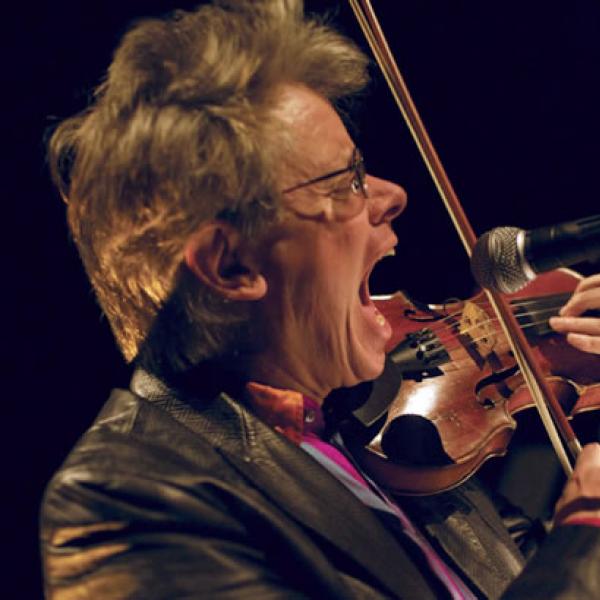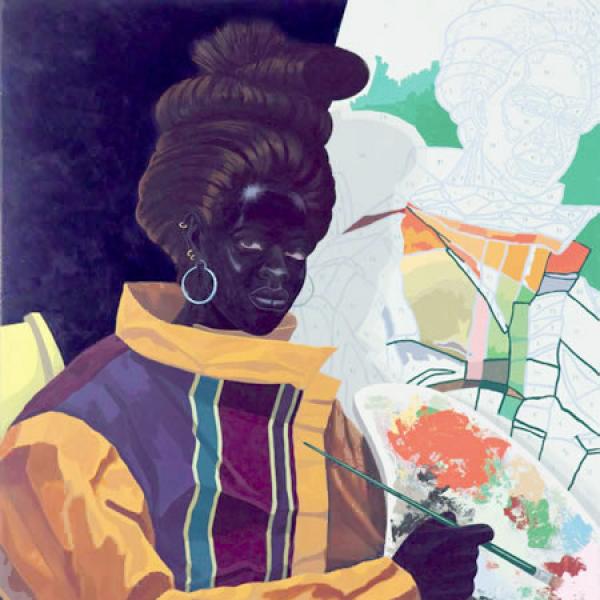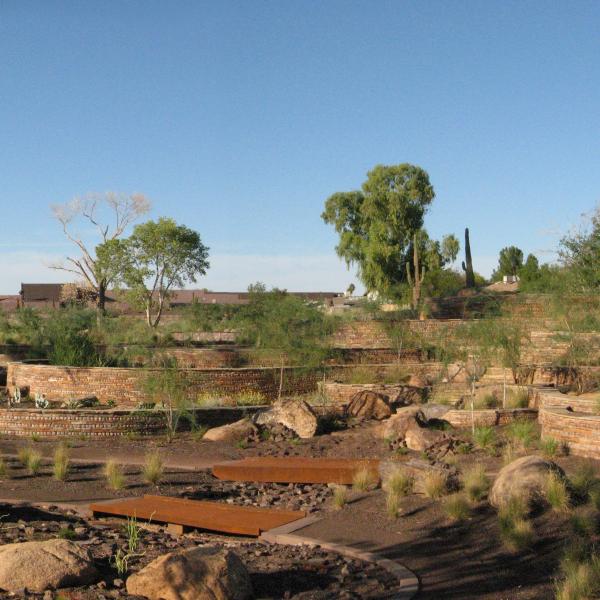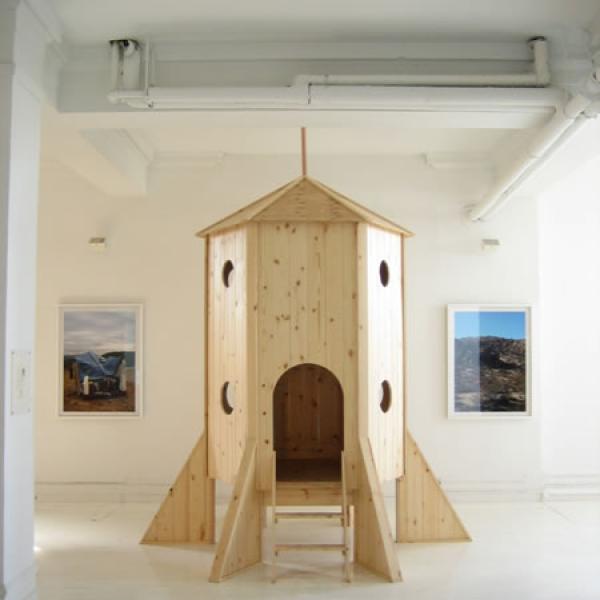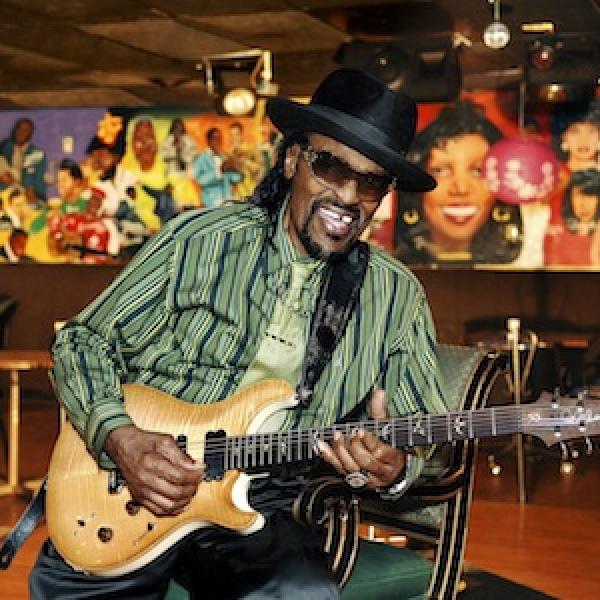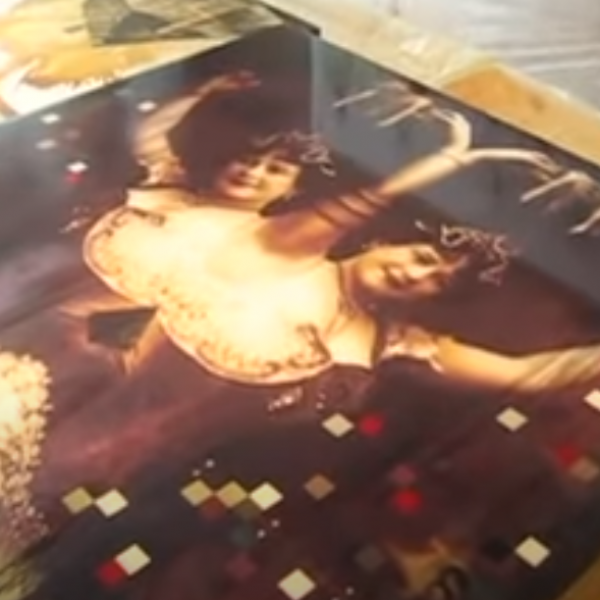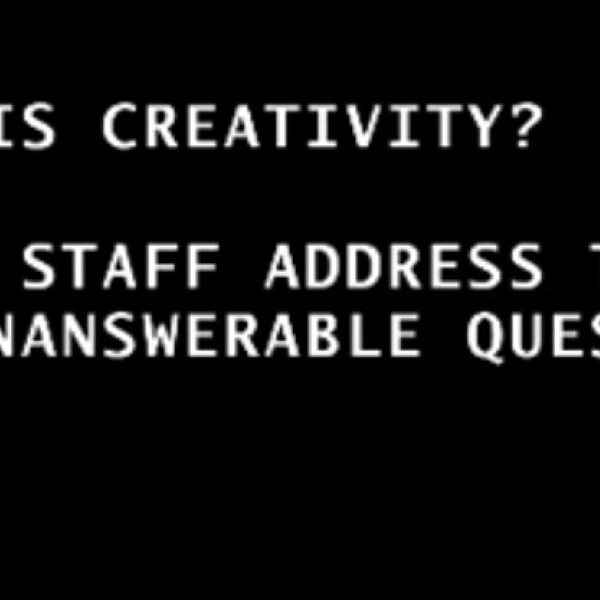Fertile Ground
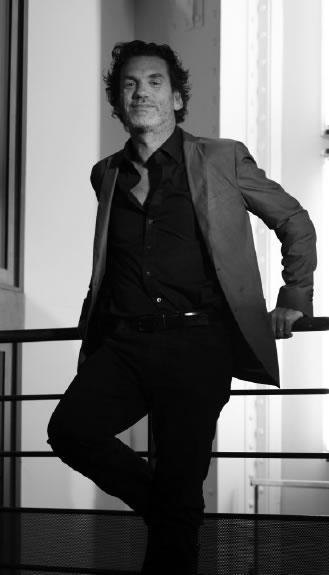
It's commonly accepted that artists and scientists inhabit vastly different worlds: artists are concerned with aesthetics while scientists are concerned with analysis. But Harvard University professor David Edwards posits that scientists and artists are more alike than different. What do they have in common? Creativity.
According to Edwards, creativity is a mash-up of aesthetic and analytic thinking, what he calls "artscience." "In my parlance, creativity is a tendency to develop value experimentally… When we're experimenting, there's this sort of head rush moment, which is a framing of the experiment and begins with the statement of some hypothesis…. All the things that you associate with aesthetic thinking are embedded in the hypothesis process. The next phase is a test of hypothesis where we're suddenly putting ourselves in a world of constraints. Artists and most creatives love constraints partly because they help make their dreams real. Suddenly there's a problem to solve; constraints help creators and artists to focus, to simplify a complex world to a resolvable problem. It's like the writer who is moving from the blank page to the finished manuscript that is perfectly edited."
The creator moves back and forth between the aesthetic and analytic modes -- dreaming and testing -- until a decision is made that either the sculpture or the cellular model, for example, works (or is viable enough to warrant further testing and developing), or the project doesn't work and an entirely new hypothesis must be formed. The process is the same whether the creator is identified as an artist or scientist.
While the creative process is at the heart of Edwards' work, he seems to be most interested in what happens when people from diverse disciplines -- a painter, a neuroscientist, a composer, a mathematician -- are brought together into this cycle of experimentation and refinement. To this end Edwards has founded two artscience labs to foster this type of interdisciplinary conversation -- Le Laboratoire in Paris and the Idea Translation Lab at Harvard. (There are also a number of similar labs in the U.S. and around the world, including ones in Dublin, Ireland; Pretoria, South Africa; and Oklahoma City.)
"Le Laboratoire is an art and design space so we invite artists and designers to come experiment. We are only doing experiments at the frontiers of science, and one of the interesting things about frontiers of science is that everbody's kind of an artist. We don't know if our next experiment will be reproducible, and we're also redefining life at those frontiers increasingly." By "frontiers of science" Edwards means contemporary issues in the scientific community, such as the relationship between stem cells and neurons as it applies to treating spinal cord injuries, an idea that became the topic of a work by visual artist Fabrice Hyber. As Edwards relates in his new book The Lab: Creativity and Culture, "Musing that if you could fall through an hourglass you might share some of the experience of cellular division, Hyber and the team at La Laboratoire made giant inflatable hourglasses [in addition to] more than 30 paintings and sculptures, including a neuronal axon-like form comprised of four thousand pieces of strawberry-flavored bubble gum heated up and stretched down to the cement floor from an iron beam on the ceiling."
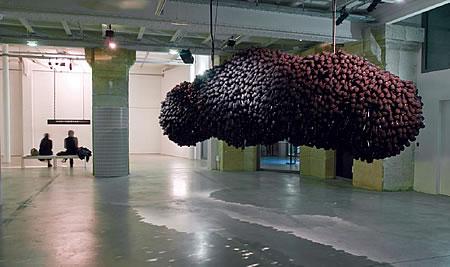
Hyber's artwork points to another distinction of the artscience lab. While finished projects may have various applications -- cultural, scientific, and humanitarian -- they are all introduced via public exhibition rather than in the pages of peer-reviewed journals, as is usual in the scientific community. This model invites the public to engage more fully with the project -- visitors could leap into Hyer's oversized hourglass -- and extends the conversation each project is meant to provoke. Le Laboratoire projects have been exhibited in spaces as diverse as art museums and the Gates Grand Challenge Meeting, an international conference sponsored by the Bill and Melinda Gates Foundation.
This public display highlights Edwards' philosophy that every creative process requires collaboration at some point -- whether that's with a fellow artist or the audience. "You have this kind of myth of the lone creator, and it's true that that lone creator is spending a lot of his or her time with his or her own self. However, as a writer, for example, seeking that initial feedback from a mate, an agent, an editor, critics and so forth, it's a kind of cascade of interactions.… It's becoming increasingly obvious that you can't really create much of anything that has a very significant impact on your own. Having people around you who are working with you and collaborating with you is a wonderful thing."
Every experiment -- whether that experiment is a new painting or a new way of delivering reliable light sources to sub-Saharan Africa -- requires some risk, and, according to Edwards, collaboration makes that risk possible. "You all agree that this hypothesis is inherently worth the risk that it may not be realized and/or appreciated. Nobody is saying, ‘I don't think it's going to work' or ‘I don't think this is such a good idea.' Everybody's living the dream together, and there's this real camaraderie because nobody else understands and nobody else believes…. Civilization at its core is this outcome of shared risk-taking and the value of it. I mean we value civilization in many ways because we value sharing the risk."
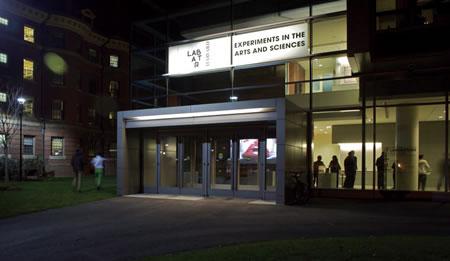
It's important to note that in the Edwards version there are no strict requirements regarding the parameters of the collaborations that take place in the artscience labs. As Edwards explained, "It's a fascinating model where you're not really asking artists and scientists to dream together, but instead you're looking for an artist to carry a dream to this frontier of science, and the scientist comes in to help navigate that space." Some teams, after an initial conversation, may develop ideas independently while trading ideas back and forth via e-mail, which is how composer Ryoji Ikeda and number theorist Benedict Gross worked. Surprisingly their collaboration resulted in a photography exhibit in which Ikeda demonstrated what he called the "beautiful and sublime" qualities of a particular math equation. Visual artist Shilpa Gupta, who was interested in exploring ideas of fear and terror, preferred to have consulting conversations with appropriate scientists as she developed her project. One of the resulting artworks, Singing Cloud -- subsequently exhibited at the Louvre and Denmark's Louisiana Museum of Modern Art -- consisted of a suspended, cloud-shaped bank of 4,000 microphones, some with speakers inside that broadcast sounds as diverse as the artist singing, a running stream, and the stamping of an immigration seal.
In the best collaborations, the distinction between "art" and "science" disappears, and the creator is free to develop an idea without having to label it one way or the other. As Edwards noted, "Ultimately, you're exposing that really rich intellectual space between the arts and the sciences…. One of the things that we've seen -- we've done about ten experiments now -- is that in the heart of the process of these experiments, it's hard to know who is the artist and who is the scientist. It's a mutually creative and analytical and aesthetic process."


